The popularity of Smartphones is increasing every single day. Different mobile brands are producing different types of smartphones every single day. Most Smartphone manufacturers prefer to use their interface on their smartphones. Xiaomi, a leading giant in the tech industry, recently introduced its operating system HyperOS for Xiaomi, Redmi, and POCO devices; the new operating system uses a Linux framework and incorporates Xiaomi’s in-house Xiaomi Vela system.
Xiaomi has upgraded its interface from MIUI to HyperOS, making it more advanced than its predecessor. MIUI was introduced in 2010, and Xiaomi smartphones and tablets use it.
MIUI had some problems with it, and users didn’t like that. They are eagerly awaiting what changes in the new HyperOS update will bring to Xiaomi handsets. As Xiaomi has said that they want to offer a better user experience with the HyperOS interface, what will the advantages of the HyperOS interface over the MIUI interface be like? This article will discuss the Top 5 reasons to prefer HyperOS over MIUI.
Top 5 Reasons to consider HyperOS over the MIUI interface
Xiaomi’s new HyperOS is going to replace the existing MIUI skin. And HyperOS aims to provide a smoother, faster, more customizable Android experience than its predecessor, MIUI. Here are the Top 5 reasons why you should consider HyperOS over MIUI.
AI Integration
Xiaomi’s HyperOS uses many models, allowing them to power system applications. One such system application is Xiaomi’s AI Assistant, which has new features that make it easier for users to generate text. It also allows you to create speeches and summaries through the user interface. The new feature pivots videoconference conversations into notes and meeting summaries.
Users can create AI photos from portraits and can find images in albums by speaking. The Mi Canvas tablet app now has an AI brush that transforms simple scribbles into a beautiful piece of art. WPS’s AI system allows other apps to understand documents and make presentations.
Performance Improvements
Xiaomi has developed HyperOS to have the minorest firmware-size interface. Through HyperOS, Xiaomi has improved memory, app performance, graphics, and the file system for better optimization. These improvements make the interface faster, smoother, and more optimized. The HyperOS uses less storage and memory compared to MIUI.
The HyperOS is an interface based on Google’s latest Android 14, and the HyperOS supports all the innovations and cool features that come with the Android 14 update.
Xiaomi’s HyperOS has been developed using the Linux framework and Xiaomi’s proprietary Xiaomi Vela system as its core component in the interface. Xiaomi’s HyperOS supports a base layer of 200 processor platforms and 20 file systems, and it covers hundreds of device types and thousands of SKUs (Stock keeping units).
Due to this, it allows adjustable configuration, operation, and deployment according to hardware essentials. Consistent devices support RAM sizes varying from 64KB to 24GB. Xiaomi’s HyperOS is lightweight compared to MIUI because it only configures the required resources for altering hardware. HyperOS also uses file deduplication and compression. With these, the system firmware on the Xiaomi smartphone comes to only 8.75GB, which is better than its competitors.
Security Features
Xiaomi has been making security improvements since the release of the MIUI 11 interface, and it emphasizes that it attaches great importance to its user’s security and privacy data. This attachment can also be seen in the new HyperOS interface. HyperOS interface comes with the TEE (Trusted Execution Environment ) security system, which safeguards the user’s data. The TEE security system is known for handling sensitive data and providing high levels of trust in the surrounding environment, and it can ignore threats from the rest of the device. This helps Xiaomi keep the users’ data more secure.
Multi-device integration
Xiaomi’s HyperOS has a new artificial intelligence system called HyperMind. This AI system helps the devices to communicate with each other. HyperMind is a handy feature that can improve daily life work efficiency. It allows you to use your phone camera on a computer to take pictures. It also enables fast file and data transfer between Xiaomi devices.
The HyperMind project is a part of the HyperOS ecosystem. It aims to change how users use their Xiaomi handsets. It will act as a smart hub and help gather data from many connected devices. The system can use this data to learn user’s habits and preferences.
HyperMind allows the Xiaomi devices to personalize user experience and show what the user is interested in. This will make using technology more accessible and more natural than ever.
New User Interface and Design
Xiaomi has wholly revamped its interface design in the new HyperOS operating system. We can see redesigned system applications, a control center, and a notification panel. Many Xiaomi users and fans like the new design, even though some think it looks more like Apple’s iOS. There are indeed some resembles of iOS in the HyperOS. For example, the Control Center of HyperOS is similar to Apple’s iOS. However, the new design of HyperOS has become more practical and appealing to users.
The HyperOS weather Application has a very different design from the MIUI interface. The HyperOS interface is designed for one-handed use. It lets the users use their Xiaomi handset in one hand. There are also many innovative features in the HyperOS camera application.
Another cool feature of the HyperOS interface is the ability to customize the device’s lock screen. You can make your lock screen look unique and create new lock screens with these features. HyperOS interface comes with many customizations without compromise, and its ability to customize is way better than the MIUI interface.
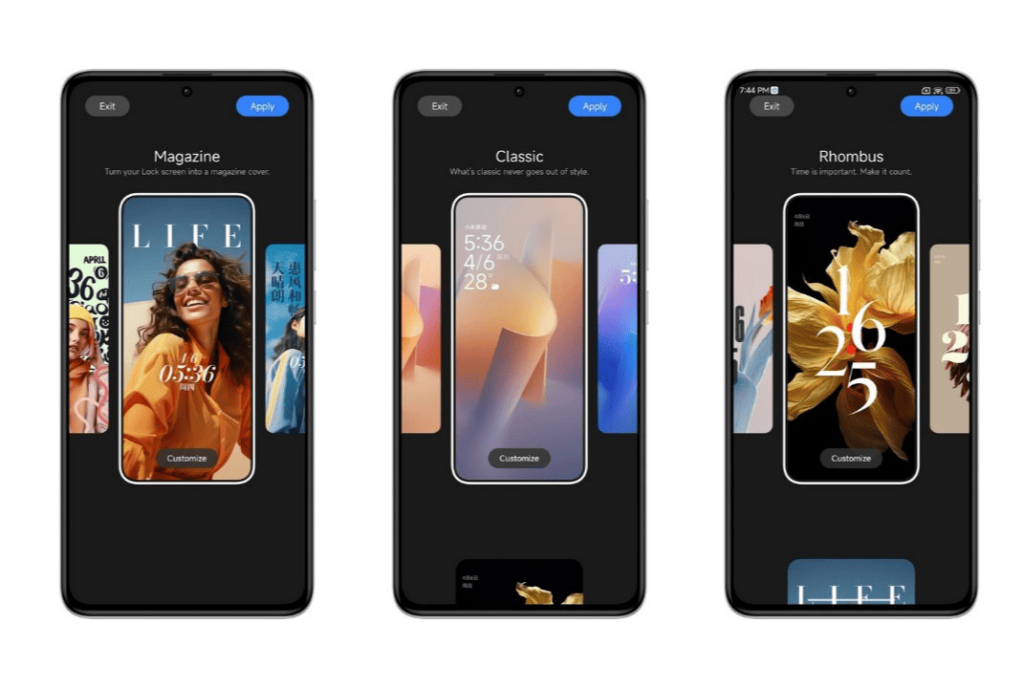 Xiaomi’s new user interface HyperOS development is gaining more attention, and users are excited to try the new interface. Many users didn’t like the MIUI interface and are so happy that a new OS is replacing it. Since the HyperOS interface is custom-built, the bugs are fixed from the MIUI interface, and it will incorporate all the unique features of the latest Android 14. Users are excited to try out these features.
Xiaomi’s new user interface HyperOS development is gaining more attention, and users are excited to try the new interface. Many users didn’t like the MIUI interface and are so happy that a new OS is replacing it. Since the HyperOS interface is custom-built, the bugs are fixed from the MIUI interface, and it will incorporate all the unique features of the latest Android 14. Users are excited to try out these features.
We’ve also listed the eligible devices that will receive the update, so please check out that article to find out if your device is listed in the upcoming HyperOS update. Please comment below if you have any doubts about the new HyperOS update. We will try our best to resolve your queries.
Also Read:- HyperOS 1.0 Global Rollout and First batch of Xiaomi Device
If you’ve liked our article, please let us known in the Comment section below.

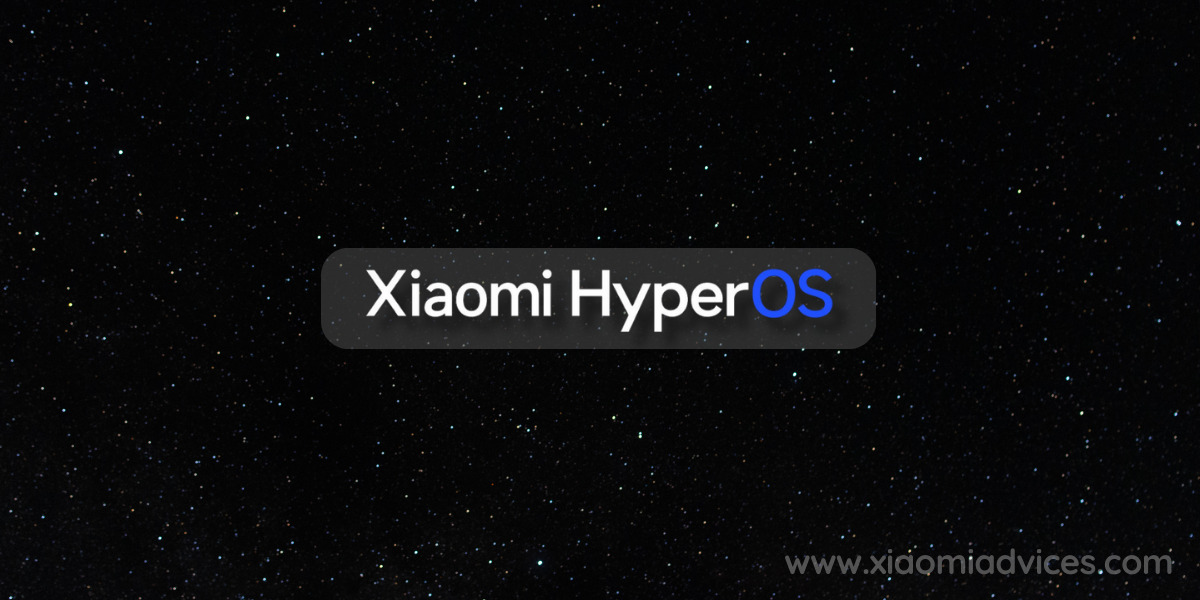
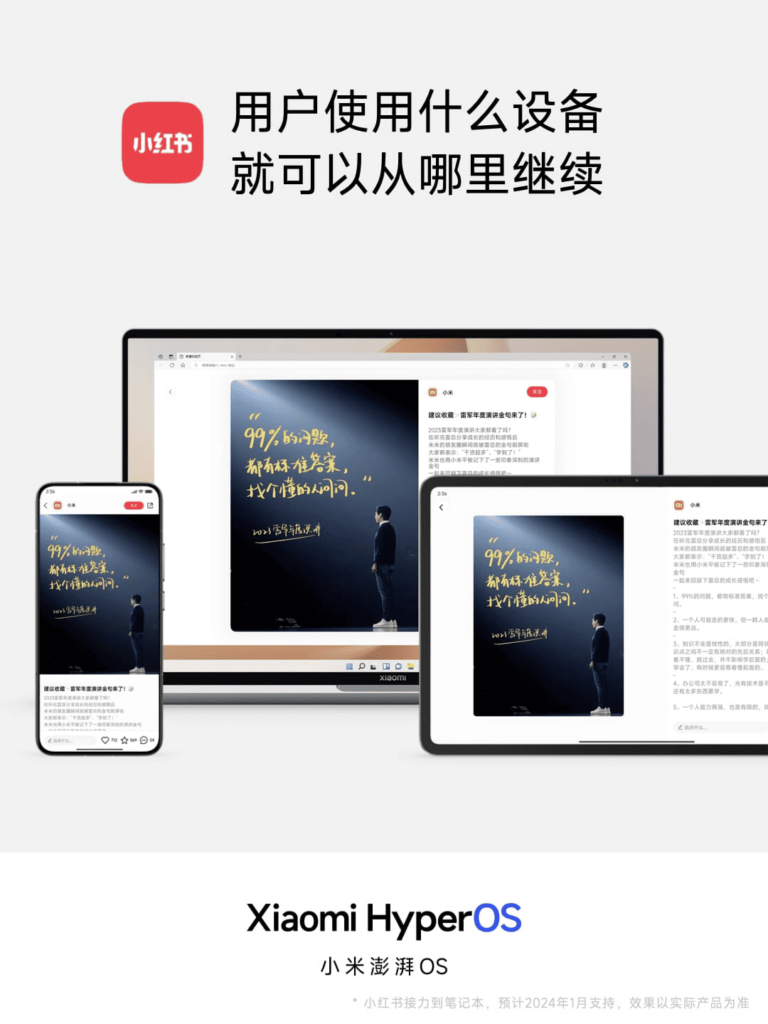
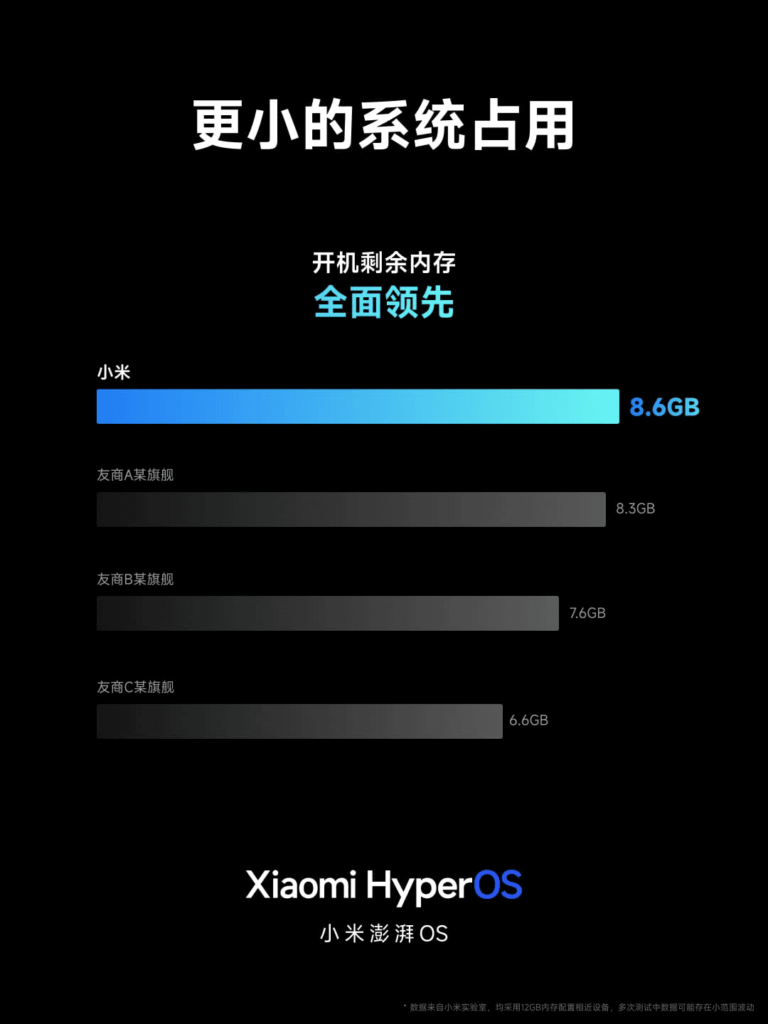
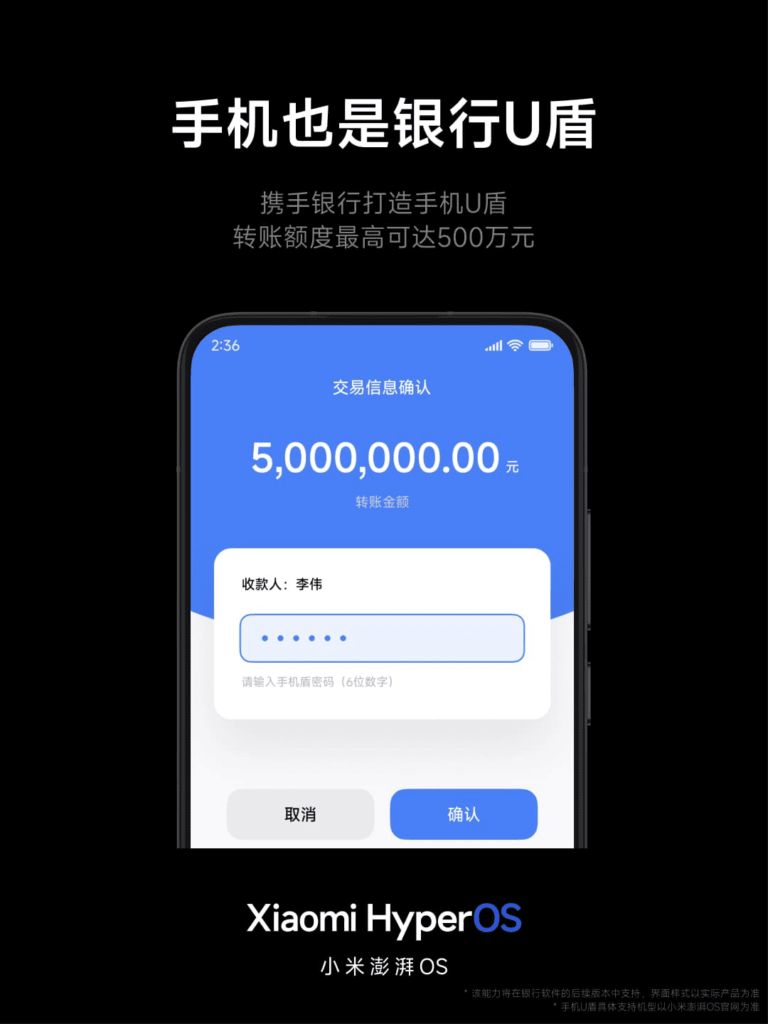
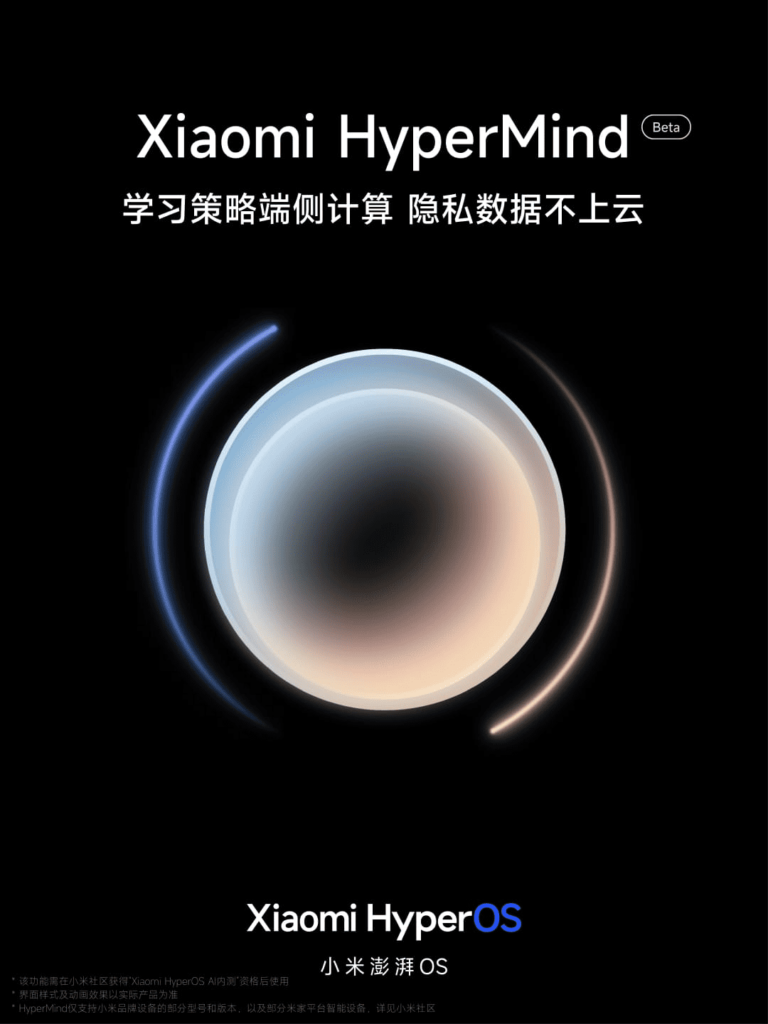
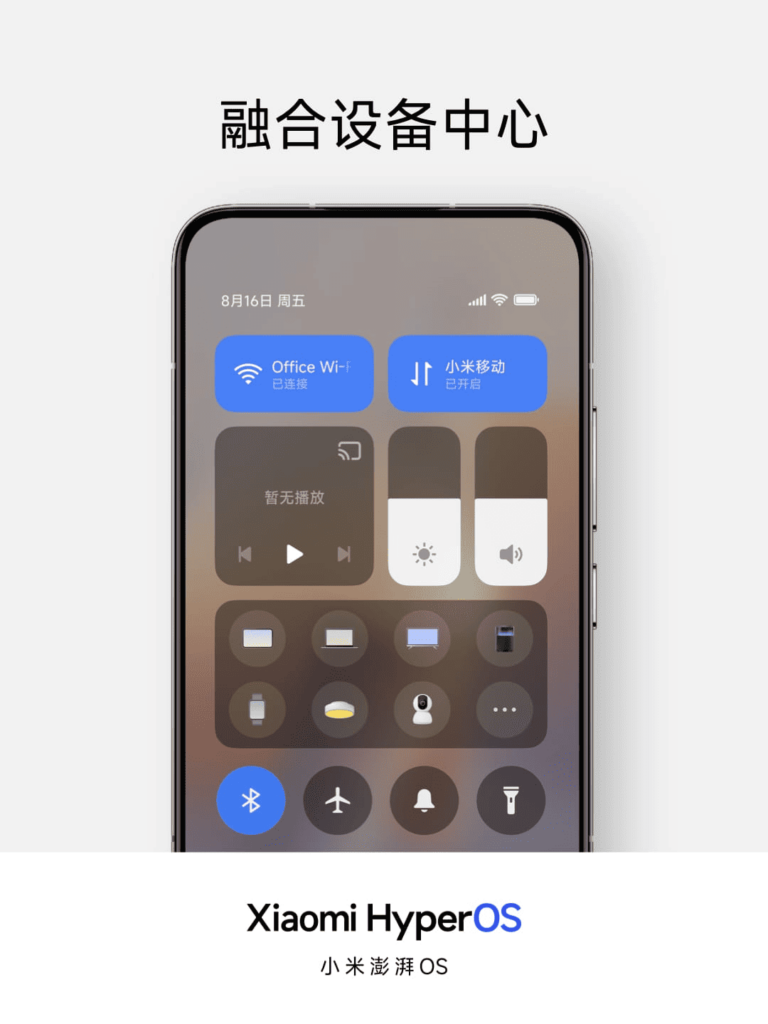
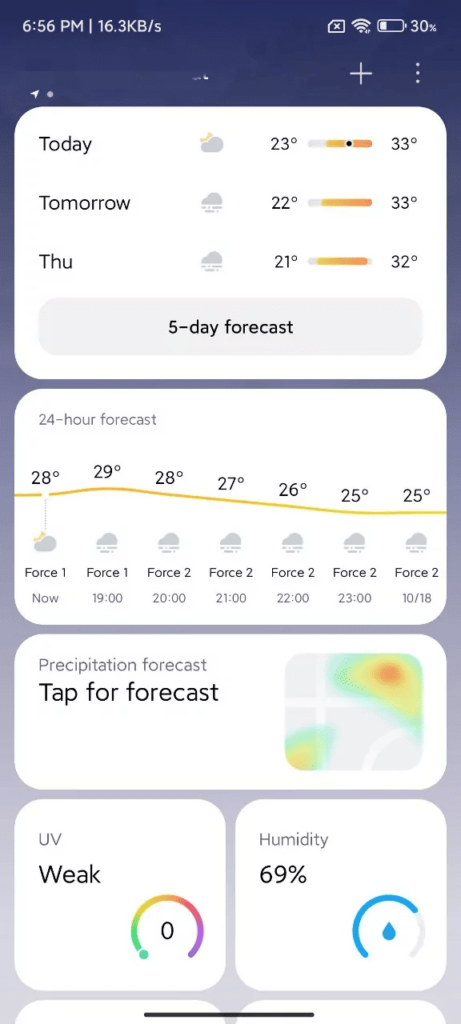

LEAVE A REPLY